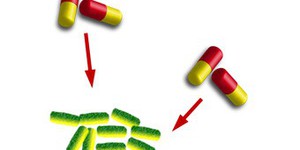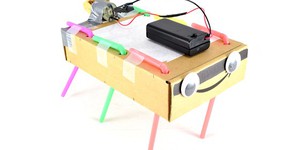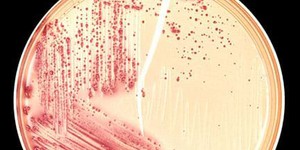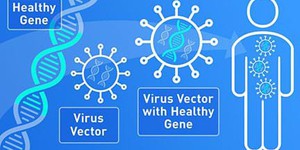Microbiology Lesson Plans (3 results)
Microorganisms are all around us, with an amazing diversity of adaptations. They were the first life on Earth, and their relatively recent discovery in extreme environments—like hot springs, ocean vents, and polar ice—illustrates how tenaciously they've evolved and survived. Microbiology gives us insights into evolution, disease, and even the mechanisms of our own cells.
|
Select a resource
Sort by
|
Lesson Plan
Grade: 6th-8th
1 review
If your doctor prescribes antibiotics, why do you have to take them for several days and not just once? Why do you need to finish taking them even if you feel better? If you do not follow the doctor's orders, you might contribute to the creation of antibiotic-resistant "superbugs"! In this lesson, your students will roll dice to model how bacteria respond to treatment by antibiotics, and find out what happens if treatment is stopped too early.
Read more
NGSS Performance Expectations:
Featured
Lesson Plan
Grade: 6th-8th
7 reviews
Junkbots are easy-to-build robots that you can make using a simple circuit and some recyclable materials. In this lesson, your students will learn about engineering design as they compete to build the fastest robot. No previous robotics experience is required!
Read more
NGSS Performance Expectations:
Lesson Plan
Grade: 6th-8th
Students explore adaptations by researching how animals, plants, and bacteria change based on their environment. They grow bacterial colonies in various environments and hypothesize how each environment will affect the cell culture size and color. After a day of pre-growth, the culture is spun down in a centrifuge and the cell pellet is analyzed. Finally, students research bacteria adaptations that allow them to survive in extreme environments then brainstorm how the…
Read more
NGSS Performance Expectations:
Lesson Plan
Grade: 9th-12th
Students become biomedical engineers and create model viruses for use in therapeutic applications, such as gene therapy. In constructing their models, students carefully plan for side effects and modify a virus that can be used to safely to deliver gene therapy. This process involves taking a "wild type" (or unmodified) virus so it can target a specific area of the body.Engineering Connection
Genetic engineering is the artificial manipulation, modification, and…
Read more
NGSS Performance Expectations:
|
Explore Our Science Videos
Storm Surge Activity - Protect Houses From Waves
Design and 3D Print a Snowflake
DIY Toy Sailboat









